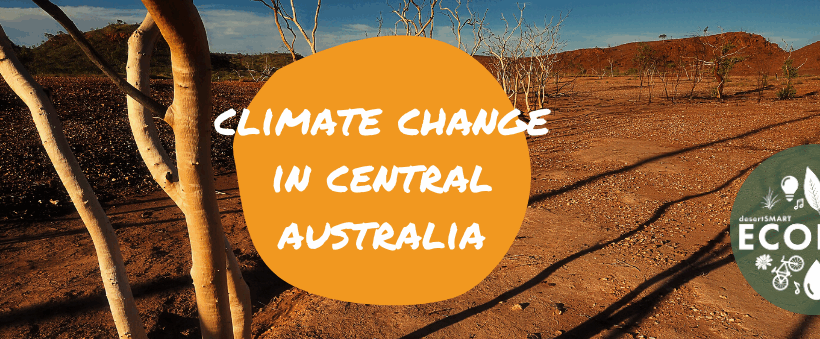Central Australia, a vast expanse marked by arid landscapes and resilient ecosystems, can be described as a quintessential desert environment. Its climate, which is characterized by extreme conditions, poses both challenges and peculiarities that define life in this unique region. Understanding the climatic nuances that influence Central Australia’s ecology and the life forms that inhabit it is essential for appreciating the intricacies of desert life.
The climate of Central Australia is primarily classified as arid, specifically falling into the desert climate category, often referred to as BWh in the Köppen climate classification. This often-overlooked region experiences dramatic temperature fluctuations, wherein scorching daytime heat can surge above 40 degrees Celsius (104 degrees Fahrenheit), while nighttime temperatures can plummet to near freezing. The result is a climate that is both unforgiving and strikingly beautiful.
One of the defining features of this climatic zone is its scant precipitation. Rainfall is erratic and infrequent, averaging around 200 to 300 millimeters annually. However, some years may witness mere drops while others could see brief, torrential storms that inspire ephemeral life bursts. Such irregular precipitation patterns create a unique dance of life, where flora and fauna adapt spectacularly to survive in these challenging conditions.
The vegetation of Central Australia is a testament to resilience—the flora exhibits a remarkable spectrum of adaptations. Species such as spinifex grass, mulga trees, and desert oaks have evolved to thrive in environments with limited water availability. Many plants are xerophytes, possessing deep root systems to tap groundwater and specialized structures to reduce transpiration. A walk through the arid landscape reveals a palette of muted greens and browns, with bursts of color appearing after rain to signal the presence of flowers that have remained dormant in the dry soil.
Amidst this stark backdrop, the ecosystems teem with life, demonstrating the power of adaptation. The fauna is equally diverse, featuring a host of creatures that navigate these arid expanses. Kangaroos, emus, and various reptiles dominate the landscape. The fascinating adaptability is evident in species such as the thorny devil lizard, which has developed unique strategies to manage water intake and regulate body temperature. Understanding these complex interactions among the inhabitants of the desert reveals a rich narrative of survival and resilience.
Cultural narratives also intertwine with the climatic character of Central Australia. Indigenous peoples have coexisted with this environment for thousands of years, developing profound knowledge of the land’s rhythms and resources. Their cultures, steeped in spirituality and traditionally passed-down practices, illustrate a harmonious relationship with the land. They possess invaluable insights into sustainable living in this harsh climate, embodying respect for the natural world.
However, the impact of climate change is palpable even in this remote region. Increasing temperatures and shifting rainfall patterns threaten the balance of this delicate ecosystem. The incidence of droughts is escalating, leading to desiccation of critical water sources and stressing already resilient species. Moreover, invasive species, exacerbated by changing climatic conditions, challenge native biodiversity, further complicating the survival of flora and fauna that have thrived for centuries.
As the realities of global climate dynamics take hold, it becomes imperative to consider the long-term implications for Central Australia. Rehabilitation initiatives, biodiversity conservation, and sustainable land management practices become more urgent to counteract the detrimental effects of climate change. Implementing these practices not only supports the ongoing survival of native species but also bolsters the resilience of human communities that depend on the natural environment.
In recent years, the concept of “rewilding”—reintroducing native species and restoring ecosystems—has gained momentum in various parts of Australia, including the arid heartland. This approach promises to reinvigorate biodiversity and restore ecological balance while fostering a renewed appreciation for the delicate interplay of life within desert ecosystems. Through such efforts, there lies hope of revitalizing the relationship between humanity and the natural world, reflecting a commitment to preserving the integrity of Central Australia’s climate and ecology.
The climate covers Central Australia, serving as a lens through which one can explore the astonishing adaptations and survival mechanisms of life in the heart of the desert. It invites curiosity and demands respect, pushing the boundaries of understanding regarding how life adapts to extreme conditions. As we reflect on the richness of these desert ecosystems, a shift in perspective emerges, showcasing not just the challenges they face but the tenacity and brilliance of life itself. The call to action is clear—understanding and preserving the unique climate and its inhabitants of Central Australia is imperative for future generations, drawing a profound connection between humanity and the natural world.








